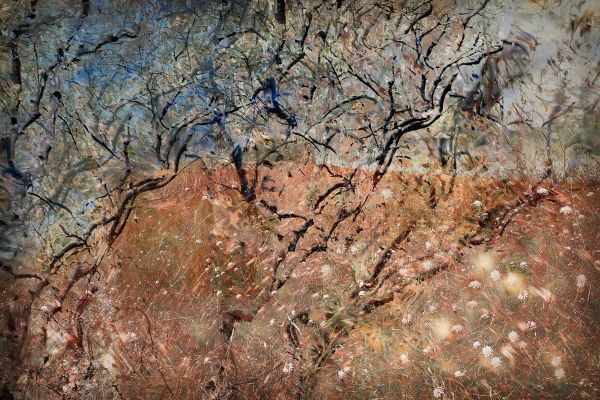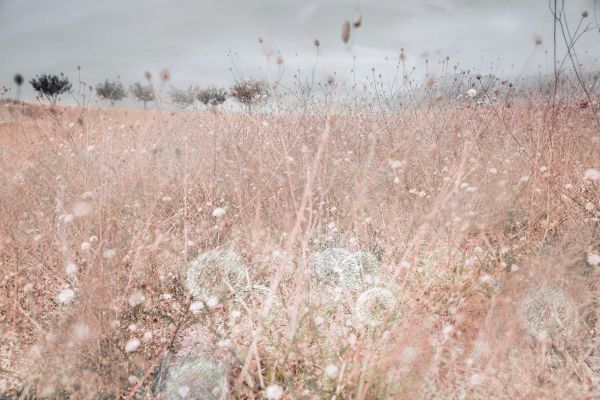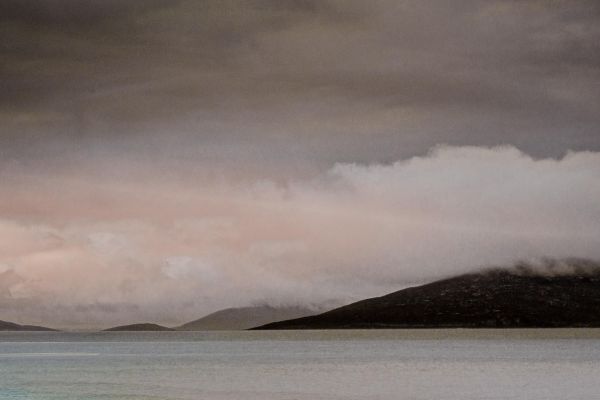
RETURNING TO ⌘P
Posted 29/06/17
Charlie Waite is one of many photographers to champion the importance and satisfaction to be gained from turning a digital file into a physical print. Such advocates are possibly less forthright about the challenges and difficulties attendant when one decides to take up that particular gauntlet and commit image to paper however.
For reasons unclear, about 18 months ago I decided it would a good idea to undertake a solo exhibition (Jersey Arts Centre, 20th March- 8th April 2017). Reasonably easy to make the decision, as the notion coincided with the work I was doing on Fragile (Triplekite Publishing) and it seemed like a natural progression. However, even taking into account my advanced age where time seems to speed by with precocious haste, it still seemed as if 20th March, 2017 was sufficiently far into the future that it would never really arrive.
But arrive it (almost) has - and with indecent haste - so at the beginning of the year I realised that important decisions needed to be made. The decision regarding the printing was easy - outsourcing it was never an option. Although I no longer have the desire to spend time in a blacked out lavatory sloshing around with malodorous chemicals in the red glow of a darkroom safelight, I do miss the satisfaction to be had from seeing a print come to life. I also like to have complete control over how my image is rendered and the freedom to change paper on a whim. Hence the resolution to produce the images myself.
I have been printing my own work for the best part of 8 or 9 years and in that time I have owned two Epson printers (Epson 3800 and 4900). By and large, they have served me well. However…it is probably mutually advantageous that they are about as unwieldy as a wheelbarrow and twice as heavy because they would certainly have been thrown out of my studio window on more than one occasion. The quality of the prints - when they eventually materialise - has always been first rate; the constant headache of the clogged nozzles and paper feed issues, somewhat less so.
I realise the fault lies partly - if not entirely - with the owner and the nozzle issue is largely a consequence of not printing often enough. Nevertheless, after one tantrum too many I called up the good people at Fotospeed to ask about the much heralded and glowingly reviewed Canon imagePROGRAF PRO-1000.
Within a couple of days, a new and more caring owner had been found for the Epson 4900 and the PRO-1000 was sitting next to me expectantly and full of hope. Because of Christmas and other work-related commitments I have only recently managed to test the printer thoroughly. And what a revelation. I have just seen the last of thirty two exhibition prints emerge and the process has been utterly transformative. Not without its issues, certainly, but issues largely of my own making and not entirely unconnected with having a head full of clutter and a reluctance to properly read the manual. Or indeed to remember that printers ship with a minimum amount of ink and the absolute first job on the list must be to order up a spare set. In fact I think I have probably made every error in the book. Printed on the wrong side of the paper. Printed at full size the cropped section of the print used for hard proofing. Printed the unedited file. Printed too big. Printed too small. Over trimmed the finished print. And probably most frustrating of all, after finally nailing the print, signing it upside down.
The most extraordinary revelation has been the canned ICC profiles already loaded. I realise that my view of what constitutes correct colour in a landscape image is vastly different to most people's but both tonal values and colours have been pretty much spot on with Canon’s profiles. The paper feed issues that plagued me with my last printer are but a distant memory. I even managed to force the software to print a couple of centimetres beyond its stated maximum length which saved me having to send four images off to a lab for processing. Fotospeed very kindly and swiftly dispatched some roll paper to facilitate this experiment and though the printer was a little reluctant to take the paper (because, I assume, I hadn’t had time to flatten out the curl), with a few gentle words of encouragement, it toed the line.
Now that I have seen the process through from start to finish, I couldn’t be more delighted. I have no affiliation with Canon (although I use their products widely) and I have little doubt that there are people out there whose experience with Canon printers is contrary to my own. This is by no means a technical review - just a first hand experience from somebody who hasn’t even properly read the manual. However, there may be somebody out there who will find it useful.
VCB
Other Posts...
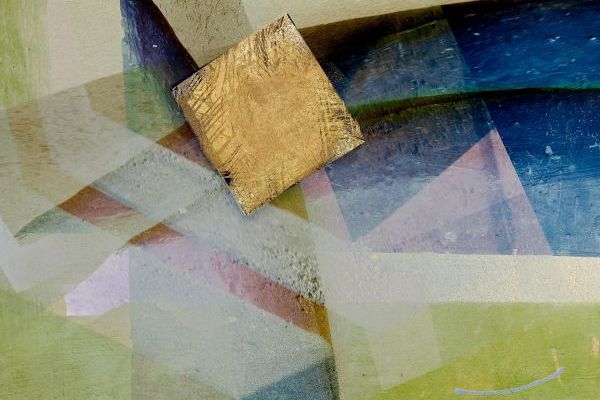
LET US PLAY
Posted 29/06/22
play/pleɪ/ verb engage in activity for enjoyment and recreation rather than a serious or practical purpose. Every child is an artist. The problem is how to remain an artist once…
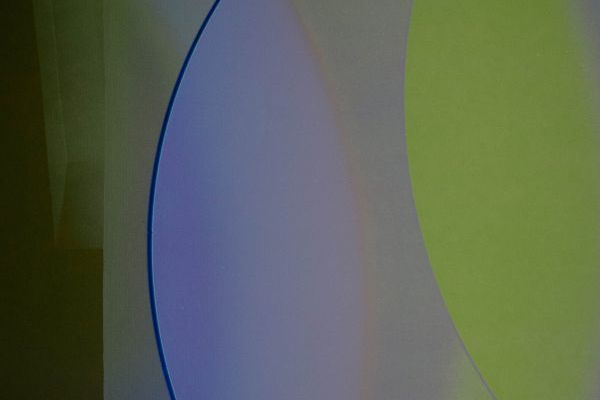
BAUHAUS AND BEYOND
Posted 21/04/19
The Bauhaus movement celebrated its centenary in 2019 and more than a century after its inception the influence lives on and continues to shape our concept of good, intuitive design. Founded in…
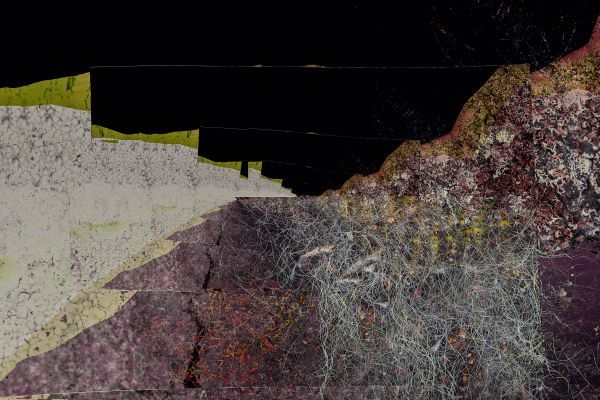
LOCATION, LOCATION, LOCATION
Posted 31/03/19
I caught the tail end of a brief discussion on social media a couple of days ago and it set my meandering thoughts along an investigative trajectory.Being called into question was the issue of a…
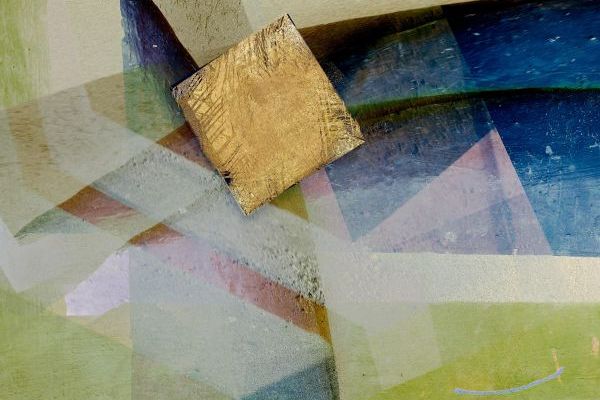
VISION 9
Posted 30/06/18
I have chosen to present my contribution to the upcoming joint exhibition at the Oxo Gallery in London in a slightly unconventional way. The images themselves represent a continuing fascination…
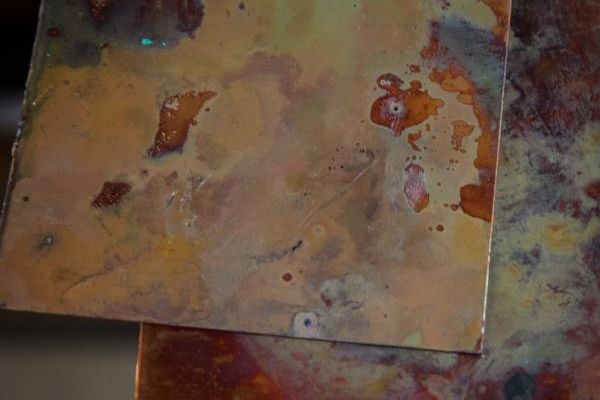
BEYOND ⌘P
Posted 30/04/16
For some time now I have been thinking about ways to take the physical reproduction of my images in a slightly different direction.Perhaps as a consequence of the unpredictability of my image making,…
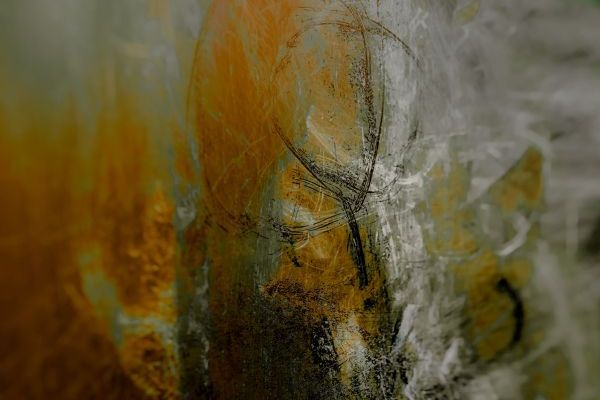
COMMITMENT
Posted 30/12/15
I have just watched a short film made about a photographer I greatly admire, Chris Tancock. His dedication, patience and commitment to his art are humbling to say the very…


